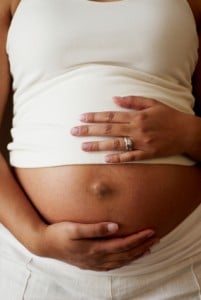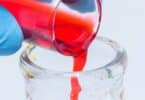
Researchers from the University of California, San Francisco found a high number of chemicals in the bodies of pregnant women. Despite taking precautions to avoid dangerous substances, these women still carried many toxins picked up from the environment. Some of these toxins were banned in the US in the 1970s yet were still found in traceable levels in these women.
The study looked at 268 pregnant women, checking them for an assortment of chemicals. Nearly 163 chemicals were found in the women, including several dangerous chemicals. Of those toxins such as polychlorinated biphenyls (PCBs), organochlorine pesticides, perfluorinated compounds (PFCs), phenols, polybrominated diphenyl ethers (PBDEs), phthalates, polycyclic aromatic hydrocarbons (PAHs) and perchlorate were found.
PBDEs and Dichlorodiphenyltrichloroethane (DDT) were both banned in the 1970s due to dangerous findings. Despite this, 99 percent of the women studied had these chemicals in their bodies. Which means the chemicals are also being passed on to their unborn children.
Researchers were shocked at the findings, especially as many of the chemicals are known to be dangerous to unborn infants.
“It was surprising and concerning to find so many chemicals in pregnant women without fully knowing the implications for pregnancy,” said lead author Tracey Woodruff, PhD, MPH, director of the UCSF Program on Reproductive Health and the Environment.
“Several of these chemicals in pregnant women were at the same concentrations that have been associated with negative effects in children from other studies. In addition, exposure to multiple chemicals that can increase the risk of the same adverse health outcome can have a greater impact than exposure to just one chemical,” said Woodruff
Unfortunately, there is not much that women can do to reduce their risk. Avoiding materials that are known to have dangerous chemicals is one way to lower the amount of exposure, however it seems that many of these chemicals are so present in our environments there is little way to avoid them completely. – Summer. staff writer
Related Articles:
- Europe to Ban BPA Baby Bottles
- Vapur ~ A Collapsable, Rollable, BPA Free Water Bottle!
- President’s Cancer Panel Finds Babies Are Born Polluted
- BPA in Canned Foods Causes Concern For Pregnant Women






